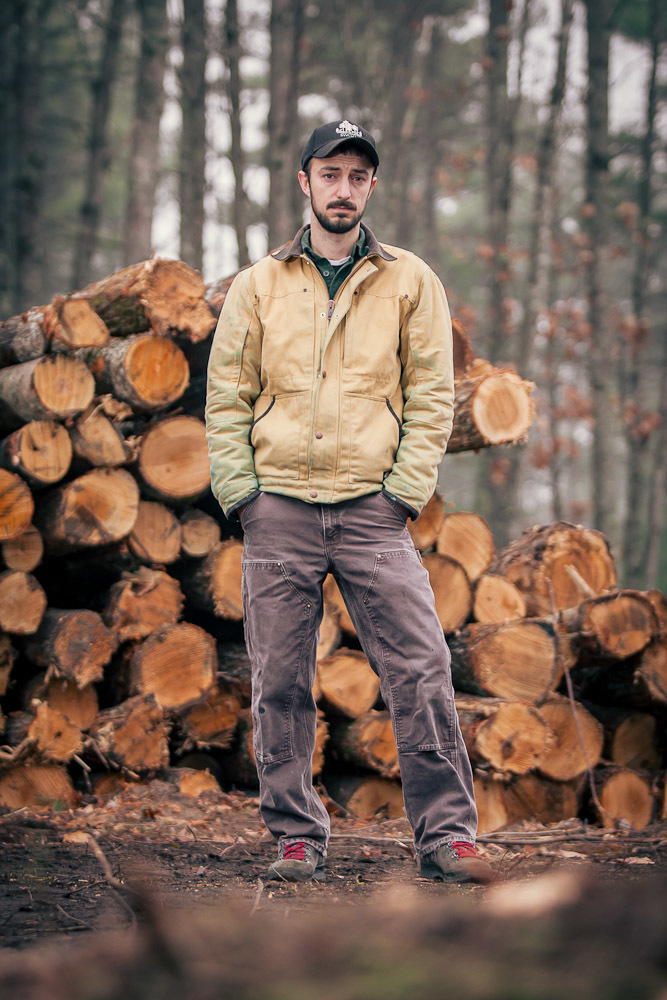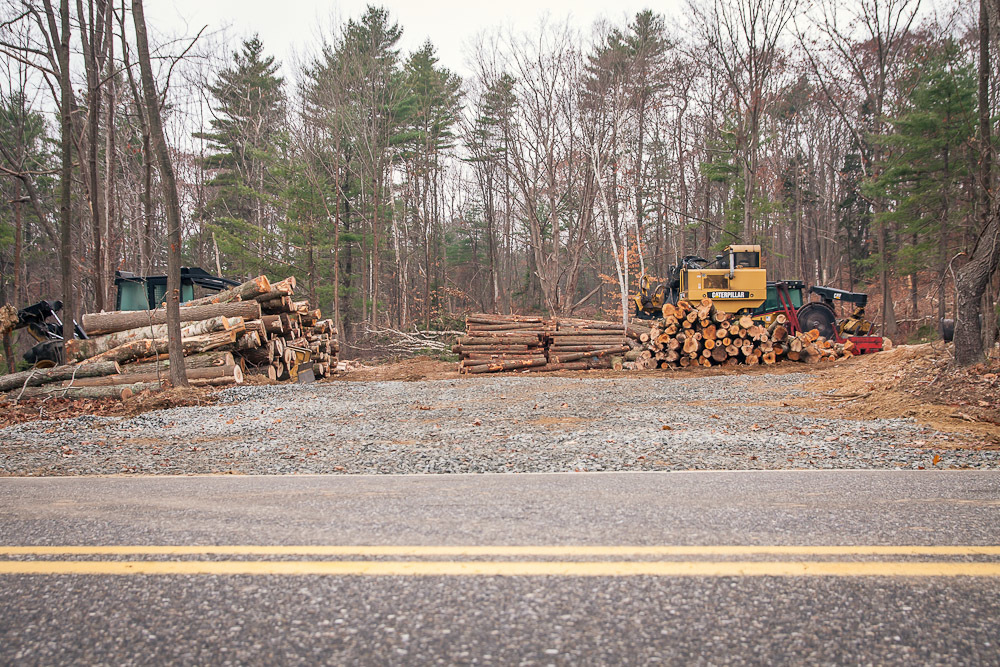My Brother, Jeffrey Williams is a young forester, living and working in southern Maine. I spent a Sunday morning in November tagging along with him, photographing him and learning about the process of practicing responsible and sustainable forestry.
A sapling, displaying healthy growth.
After graduating from the University of Maine's forestry program in 2009, Jeff spent three years working along side one of Maine's most well known and respected foresters, Everett Towle. Everett is best known for his time spent in Washington D.C. as the director of forest policy and planning for America's National forests. At 79, he is a wealth of experience and knowledge for an aspiring forest management professional like Jeff.
Measuring a large white pine for it's available lumber.
A "bumper" tree, sacrificed to protect a future crop tree from damage.
Now, in 2013, Jeff has become a licensed forester himself and has begun to practice forestry on his own.
One of the most important things Jeff wanted to show me, was what a proper working jobsite looked like. He expressed that maintaining a clean and organized landing is something he strives for when working with various logging outfits. As we walked further into the woods, he explained the importance of selective harvesting of trees to maintain proper growth in the forest, as well as leaving remaining trees undisturbed and unblemished. Any "scar" on a tree that is intended to remain, could be an open invitation for unwanted bacteria or insects and could be detrimental to the life of the tree. One of the ways to prevent this, is to leave "bumper" trees along the main skidder trail, to protect unharvested trees from damage.
A clean and organized landing site.
Another interesting practice that Jeff explained to me, was the marking of boundary trees as a land marker. A boundary mark that strikes the center of the tree, means the line goes straight through, whereas a marker placed on the right or left side of the tree, means the line is off that tree in the direction of the marker.
skiddah' tracks.
The Forester's Kit.
Trees marked with the blue are to be harvested.
Spilled paint on the bumper.
The MASSIVE blade of the feller buncher.
Despite not having the quintessential cold November sunrise we'd hoped for, we still had a great time. I learned alot about what my brother does and enjoyed photographing the process.




















